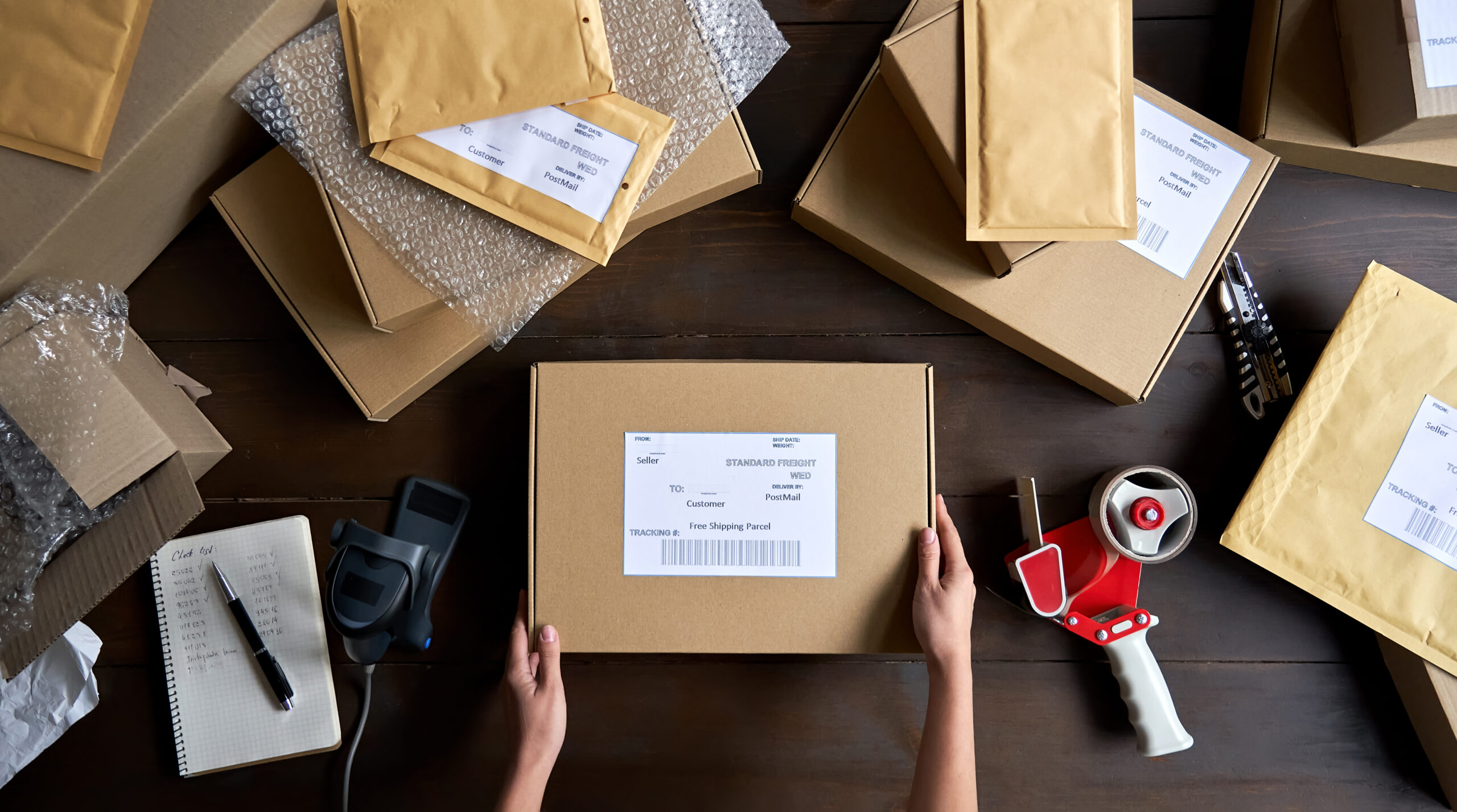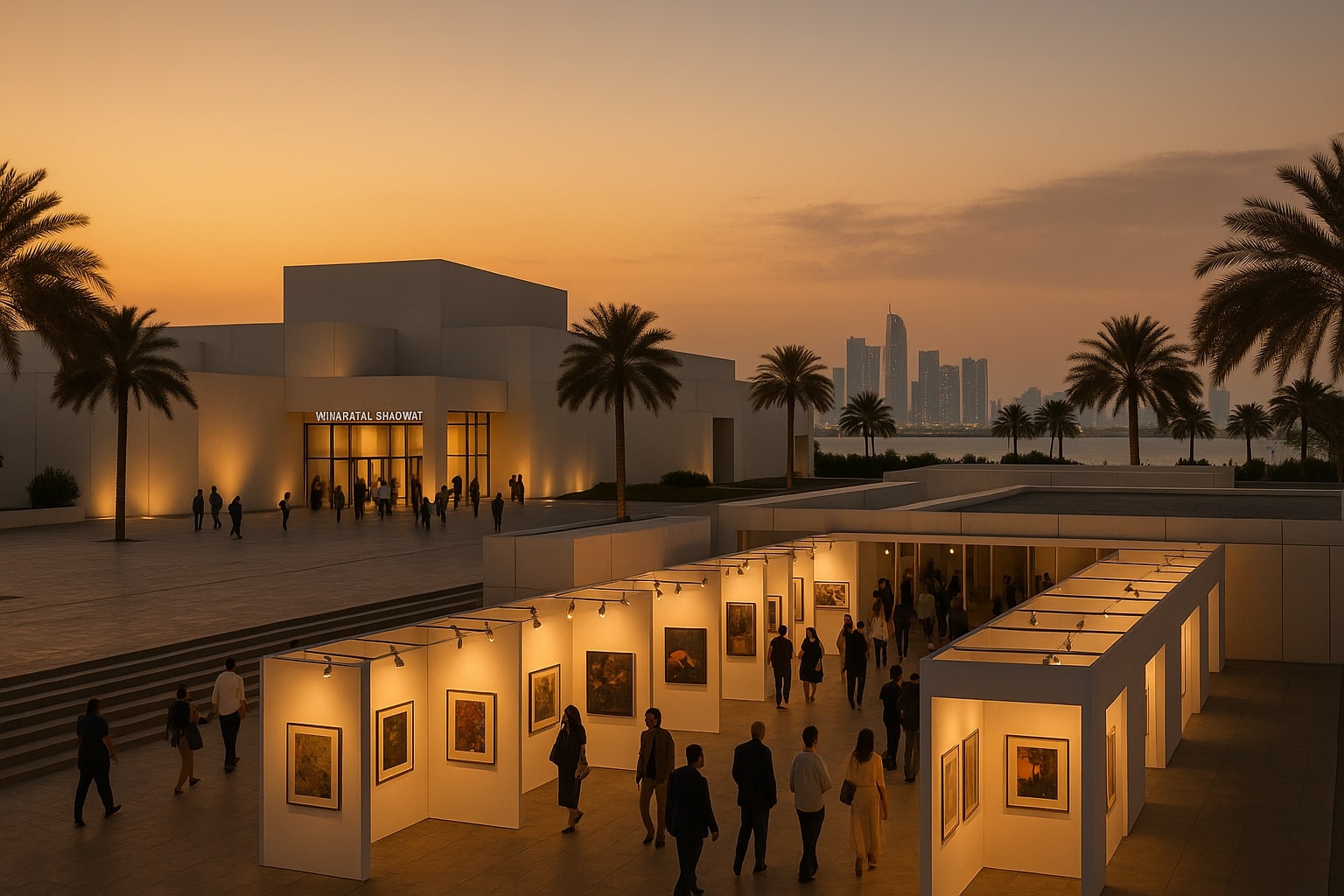Mastering the Art of Exhibiting at Art Fairs – Part 1
Preparing your Artworks for an Art Fair
Artists live for the moment when their creations come to life on display, captivating audiences at art fairs and art exhibitions. However, the road to a successful exhibition begins with meticulous preparation. In Part 1 of the “Mastering the Art of Exhibiting at Art Fairs” Series, we’ll explore the essential steps to ensure your artworks arrive in the highest quality possible at the next art fair, from choosing the right frames to packaging the works and insuring them during shipping.
How to choose the Right Frames for your Artworks:
The journey of preparing your artwork for an exhibition after completing your works begins with selecting the right frames. The frame is not merely a protective covering; it’s an integral part of your artistic expression. Consider the style, mood, and aesthetic of your art when choosing frames. Opt for frames that enhance and complement your artwork, avoiding distractions. Whether sleek and modern or ornate and classic, the frame should be an extension of your artistic vision. Sometimes, artworks don’t need to be framed. However, often, frames complement your works and improve their overall look and quality.
How to Package your Works for Shipping:
Once your artwork is impeccably framed, the next crucial step is to properly protect it for transportation. Use acid-free paper or glassine to cover the surface, preventing any damage during transit. For an extra layer of cushioning, always wrap your artworks in bubble wrap. One of the most common questions: “Should the bubbles of the bubble wrap be inside pointed towards the artwork or outside, pointed away from the artwork?”. Well, the answer is simple – always wrap your artworks so the bubbles are on the outside for extra cushioning of your artworks, not pointing into the art. If your artwork is not 100% dry, then wrapping your artworks the wrong way can cause bubble prints in the wet paint.
After wrapping them in bubble wrap – if you are sending them per mail or by a transport company, be sure to put them in a suitable cardboard box.
Larger art pieces may require custom-built wooden crates to ensure they arrive at the exhibition venue in pristine condition. Overall – if you are sending lots of works to different art fairs and exhibitions it is advisable to invest in a wooden crate eventually. This will save you a lot of troubles and patients when packaging works.
Always Invest time and effort in packaging to guarantee your art is not damaged during transport/shipping and makes a striking impression upon arrival.
Labeling and Documentation:
In the chaos of an art fair, clear labeling becomes paramount. Each piece should be labeled with your name, the title of the artwork, and any other pertinent information. I advise taking a strip of masking tape and writing this on the tape and sticking it on the wrapped artwork. This will also help you find the correct bubble wrap for each painting when rewrapping them after the exhibition or art fair is over. Inside the packaging or your crate, always include an inventory list that details each artwork, helping you keep track and ensuring nothing is lost during transit. Proper documentation not only streamlines the setup process but also provides a reference point for potential buyers and gallery representatives.
Insurance:
Your art is not only a creative endeavor but also an investment and your valuable product. Accidents can happen during transportation, making insurance a non-negotiable aspect of exhibiting at art fairs. Prioritize securing insurance coverage for your artworks, providing financial protection and peace of mind. This precautionary measure ensures that, in the unfortunate event of damage or loss, your investment is safeguarded. Better safe than sorry!
Conclusion:
Preparing your artworks for an art fair is an art form in itself and takes time and preparation. By meticulously choosing frames, packaging with care, labeling accurately, and insuring wisely, you set the stage for a successful exhibition.
Stay tuned for the next Part of this guide, where we’ll explore the nuances of creating a visually impactful booth at art fairs that will captivate visitors and elevate your art to new heights. Mastering the art of exhibiting is a journey, and with these foundational steps, you’re well on your way to making a lasting impression at your next art fair.





